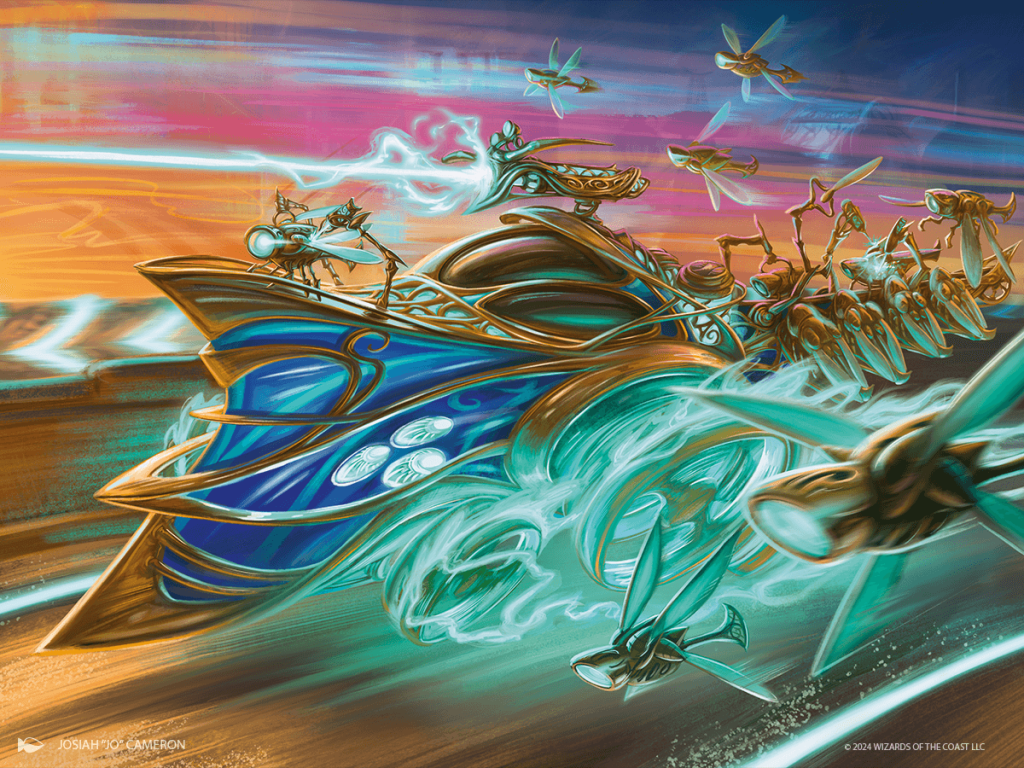
With every new Magic: The Gathering set release, players eagerly dive into the latest blue cards, searching for the next game-changing counterspell, tempo piece, or card advantage engine. But how do you separate the true powerhouses from the overhyped duds?
Whether you’re a control mage looking for the next Mystical Dispute or a combo player seeking fresh tools, knowing how to evaluate blue cards is key to staying ahead of the meta.
In this short guide, we’ll break down the essential factors—efficiency, synergy, and format relevance—to help you identify the best blue cards every time a new set drops.
When a new Magic: The Gathering (MTG) set is released, determining the best blue cards requires analysis across multiple formats and playstyles. Here are some key methods to evaluate blue cards effectively:
1. Assess Card Efficiency & Value
- Mana Cost vs. Effect: Look at the mana cost relative to its impact. Lower-cost cards with strong effects tend to be more playable.
- Card Advantage: Blue thrives on drawing cards, filtering, and generating card advantage. Cards that provide more resources than they consume are usually strong.
- Instant-Speed Interaction: Blue is known for counterspells, bounce spells, and flash-speed threats. Evaluate if new options are better or more flexible than existing ones.
2. Compare to Existing Staples
- Does the card improve upon or supplement existing blue staples in its format?
- Look at past blue powerhouses in Standard, Pioneer, Modern, or Commander and see if new cards provide similar or better value.
3. Evaluate Format Relevance
- Standard & Pioneer: Check if the card supports dominant or emerging archetypes.
- Modern & Legacy: Power level must be high to compete with established blue cards like Force of Negation, Brainstorm, or Counterspell.
- Commander (EDH): Multiplayer utility, recursion, and political influence make a card more viable.
4. Synergy with Existing Decks
- Does the card fit into competitive archetypes (e.g., tempo, control, combo)?
- Does it enable or improve a deck that was previously underpowered?
5. Check Professional & Community Opinions
- Pro Player & Content Creator Reviews: Watch set reviews from MTG pros and top-ranked players.
- MTGGoldfish, StarCityGames, ChannelFireball: These sites offer expert evaluations and deck techs.
- Reddit & Discord Discussions: Community reactions often predict breakout cards.
6. Monitor Early Tournament Results
- Follow MTG Arena and MTGO decklists post-release.
- Watch how blue cards perform in early Standard and Modern challenges.
- Look at paper tournament results and see what’s making waves.
7. Consider Meta Shifts
- Blue cards that answer or enable dominant strategies are more valuable.
- Example: If the meta is full of aggressive red decks, a blue card with tempo control may rise in value.
8. Test the Cards Yourself
- Playtest in Arena or MTGO before investing heavily in paper versions.
- Proxy cards to try in Modern or Commander.
Evaluating the best blue cards from a new Magic: The Gathering set takes more than just reading the hype—it requires a keen eye for efficiency, synergy, and format relevance. By comparing new cards to established staples, analyzing their role in the evolving meta, and testing them in real gameplay scenarios, you can pinpoint the true standouts.
